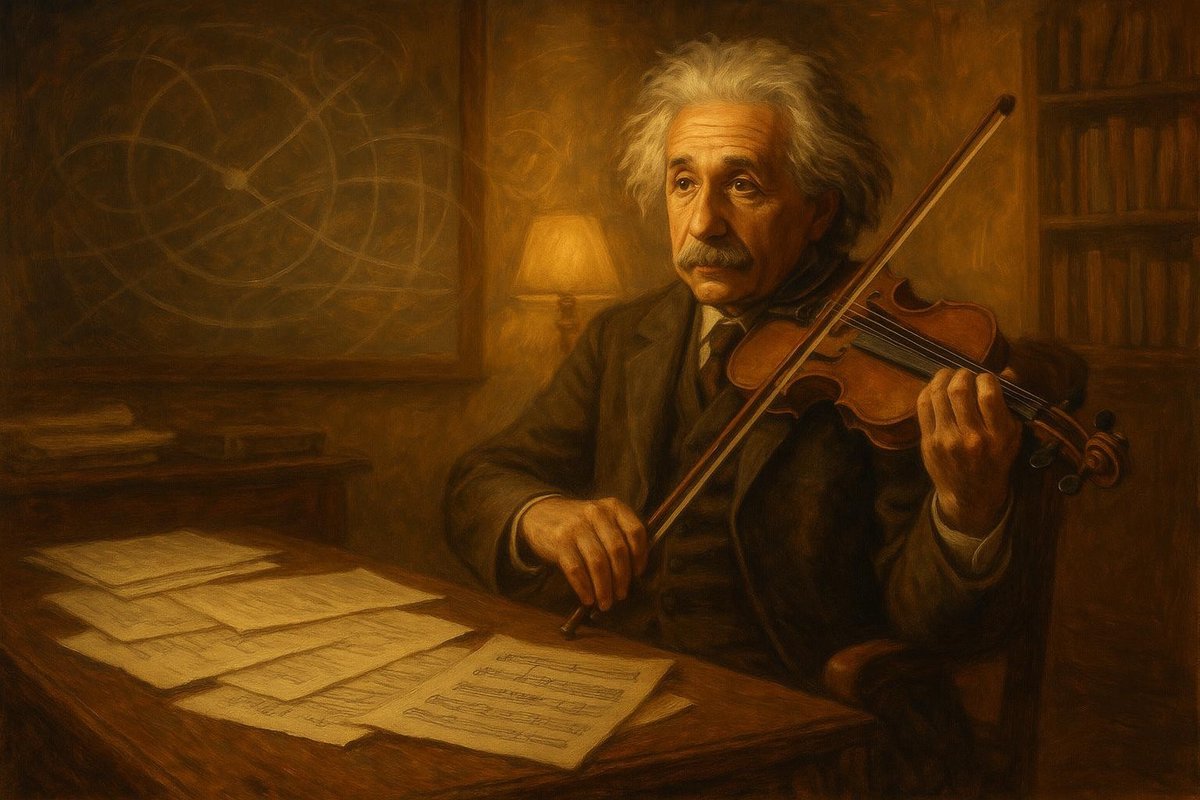
Picture Albert Einstein, not with a chalkboard, but cradling a violin under his chin. As his fingers danced across the strings, he wove melodies that reflected the harmony he saw in the universe. This was not merely a hobby; it was an integral part of his thinking process, influencing his revolutionary thoughts on relativity.
Early Influences
Albert Einstein was born in Ulm, Germany, in 1879. His childhood was steeped in music, with his mother, Pauline, a pianist, introducing him to the violin at the tender age of six. This early exposure to music laid the groundwork for a lifetime of exploration.
- Einstein’s mother instilled a love for music early on.
- He began playing the violin at age six.
- Music provided a refuge and inspiration throughout his life.
Interestingly, Einstein often turned to his violin when grappling with complex mathematical problems. Many people believe that the structured yet expressive nature of music helped him to see the universe in a new light. As time went on, this blend of art and science became central to his theoretical explorations.
Mental Models
Einstein’s mind was a canvas where science and art painted a beautiful picture of the cosmos. He saw time and space not as rigid constructs but as elements of a fluid, harmonious symphony. His theory of relativity, announced in 1905, was groundbreaking, changing the way humanity understood the universe.
- Einstein saw parallels between musical harmony and the universe.
- His theory of relativity was rooted in this holistic view.
- He often used music as a mental escape and source of inspiration.
In his own words: “I often think in music. I live my daydreams in music. I see my life in terms of music.” This mindset allowed him to perceive connections others might miss, blending scientific inquiry with musical creativity.
Challenges & Resilience
Despite his genius, Einstein faced numerous challenges throughout his career. He struggled with the rigidity of traditional scientific methods and often found solace in the soothing strings of his violin.
- Einstein faced skepticism from the scientific community.
- He found resilience through his musical passions.
- Music offered a means to cope with professional setbacks.
Of course, there were moments of doubt and difficulty. Yet, his ability to return to music provided a refuge, allowing him to persist in the face of adversity. This resilience transformed obstacles into opportunities, both in science and personal growth.
Legacy
Einstein’s legacy is etched into the very fabric of modern physics, but his influence extends beyond equations and theories. His approach to life—interwoven with music—demonstrates the power of interdisciplinary thinking.
- Einstein’s holistic approach influenced future generations of thinkers.
- His blending of music and science has inspired interdisciplinary studies.
- His legacy continues to inspire curiosity and innovation.
Today, his story encourages us to seek inspiration beyond conventional boundaries. By embracing diverse influences, we can create new paradigms of understanding, much as Einstein did with his violin and the universe.
Fuel Someone Else’s Curiosity
Did this exploration of Einstein’s musical soul inspire you? Share it with others who might appreciate this unique perspective. After all, the universe is a symphony waiting to be heard by curious minds!

Leave a Reply